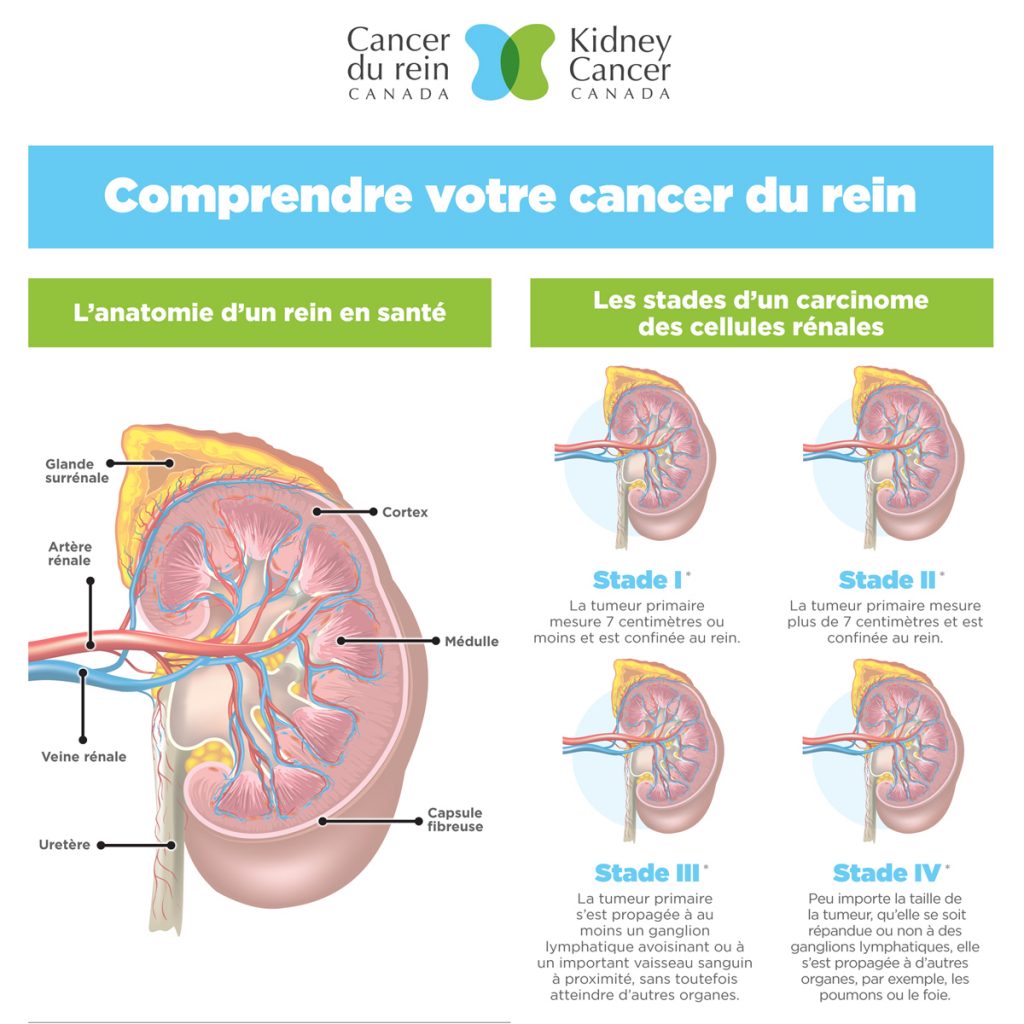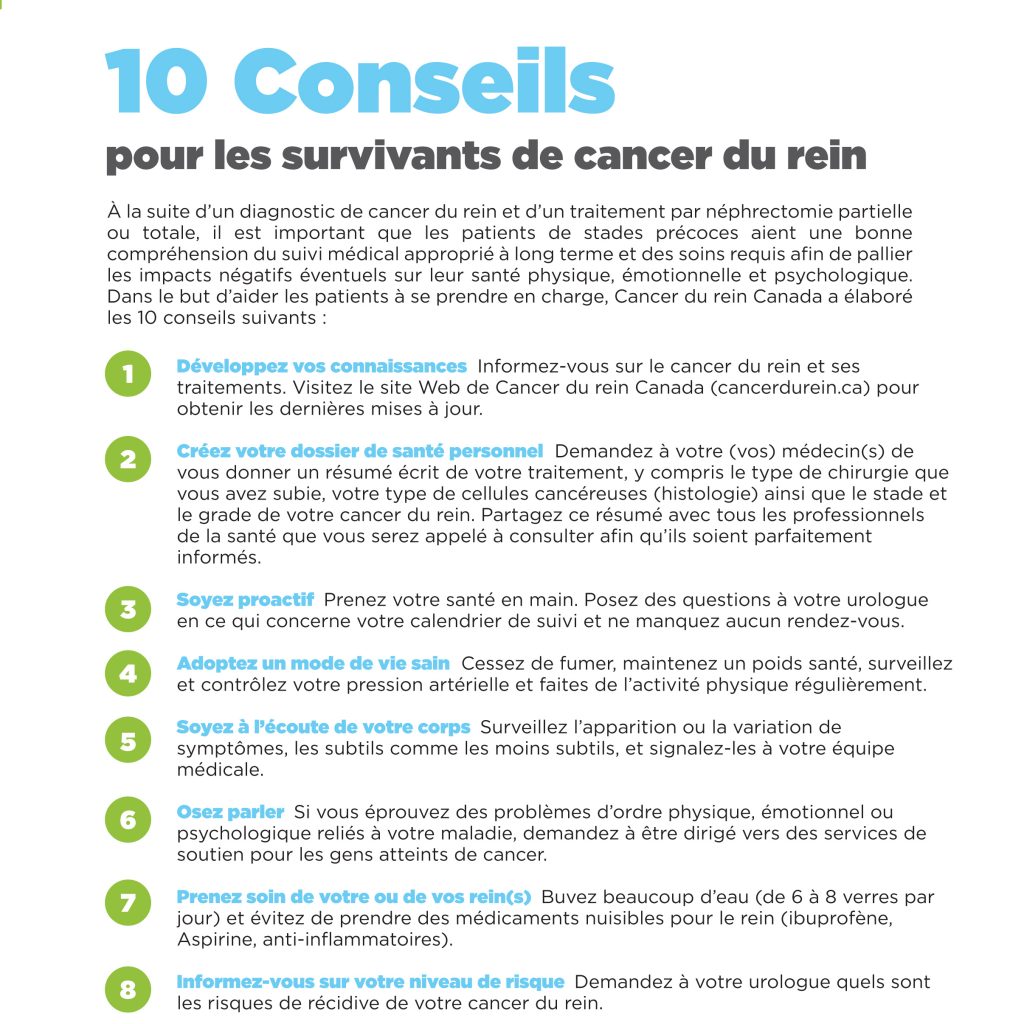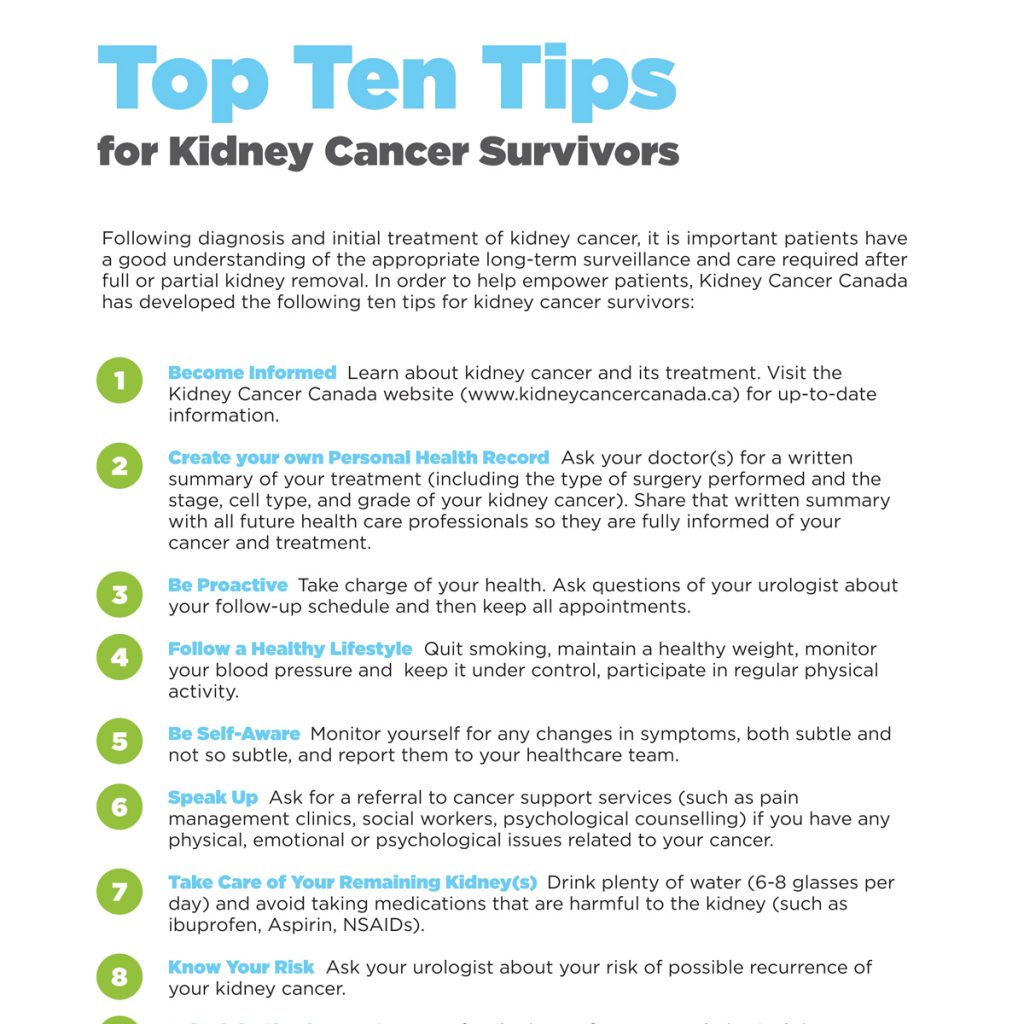Next, decide the means by which your key messages will be delivered to decision-makers. These are your communication tools and they represent the core of any effective advocacy plan. Anything you can use to communicate with people is a potential tool.
Examples of advocacy tools include:
|
|
Advocacy is a process. As such, it can be boiled down to the following components regardless of the communication tools being utilized:
Educate – you must educate the person you are communicating with about your issues by delivering your key messages, your personal story and any other relevant facts they need to know.
Demonstrate – you must demonstrate why your issues and the key messages supporting them should matter to the decision-maker you’re seeking to influence. Many people spend their time trying to convince government officials of the importance of their issues to them (i.e. why kidney cancer issues matter to someone affected by kidney cancer). That’s a given. A sophisticated advocate will focus on explaining why supporting their ideas will also benefit the person in power.
Advocate – it’s at this point you’re ready to ask the person you’re targeting to actually do something on your behalf.



























































